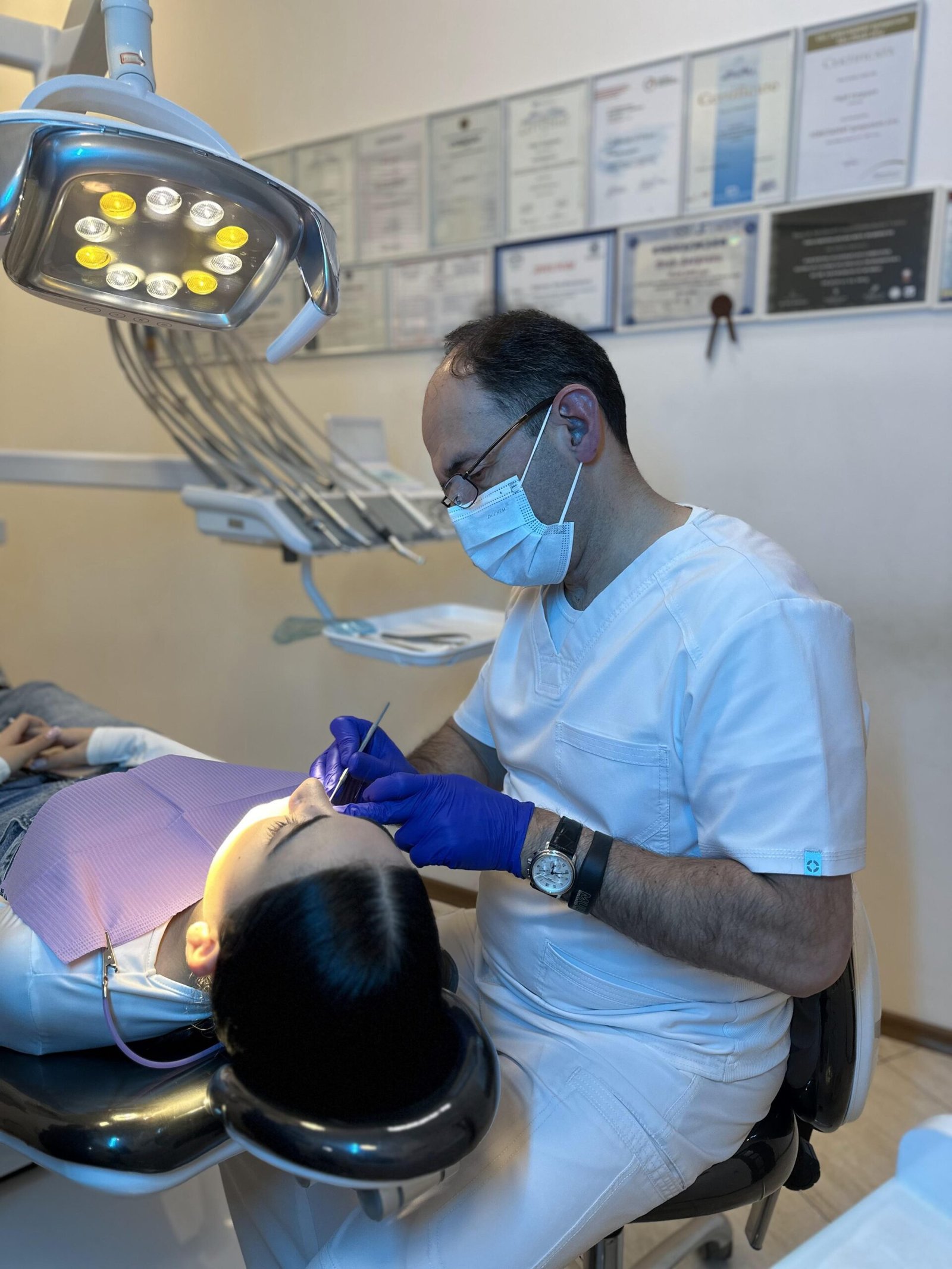Orthodontics is the branch of dentistry that deals with correcting irregularities in tooth positioning and bite problems. While general dentists focus on dental health and restoration, orthodontists specialize in restoring the proper alignment of teeth and jaws.
Why Orthodontic Treatment Is Important
Orthodontic treatment matters not only for aesthetics but also for overall health. Misaligned teeth can lead to:
- Oral hygiene issues, as crowded teeth are harder to clean
- Periodontal disease and premature tooth loss
- Chewing difficulties, where some teeth are overloaded while others are underused
- Problems with the temporomandibular joint (TMJ) and headaches
- Breathing difficulties caused by incorrect jaw positioning
- Self-confidence issues, as many people feel embarrassed to smile
When to Begin Treatment
The timing of orthodontic treatment depends on the type of problem.
- Early treatment (from ages 4–5): Necessary for jaw growth problems that may cause serious issues later.
- Braces treatment (from age 12): Usually begins once all permanent teeth have erupted.
- Some cases (from ages 10–11): Can be treated without prior preparation.
Treatment Methods

Braces Systems
- Metal braces: The most common and effective option, where the orthodontic wire is secured with elastic bands.
- Ceramic braces: Aesthetic and less noticeable, while providing the same effectiveness as metal braces.
- Lingual braces: Attached to the inner side of the teeth, making them virtually invisible, although they come with specific challenges.

Aligners (Clear Trays)
Aligners are a modern alternative to braces. These transparent trays are designed through 3D modeling. The computer divides the entire course of treatment into stages, and each stage is managed with a separate set of aligners.
Advantages of aligners:
- Almost invisible
- Easy to maintain oral hygiene
- Can be removed during meals and cleaning
- More effective for certain tooth movements
Treatment Planning
For each patient, the orthodontist develops an individualized treatment plan based on:
- Clinical examination
- Photographic records
- Radiographic images
- Cephalometric analysis (using a lateral skull X-ray)
This comprehensive assessment allows the orthodontist to determine the ideal tooth alignment and the correct relationship between the jaws.

Treatment Duration
The length of orthodontic treatment depends on the complexity of the case:
- Simple cases: 6 months to 1.5 years
- Moderate cases: 1 to 2 years
- Complex cases: 2 to 4 years
Treatment in adults generally takes longer than in children.
Treatment Process
Patients usually visit the orthodontist once a month (every 4 weeks) and sometimes every 2 weeks. During these visits, adjustments are made, and progress is monitored.
After Treatment
Following active orthodontic treatment, a retention phase is required. Retainers (either fixed or removable) are used to maintain the results and prevent the teeth from shifting back to their original positions.
Orthodontic treatment is an investment not only in a beautiful smile but also in long-term oral health. Modern technologies make it possible to achieve excellent results at any age, ensuring stable and lasting outcomes.


